Rabbit Litter
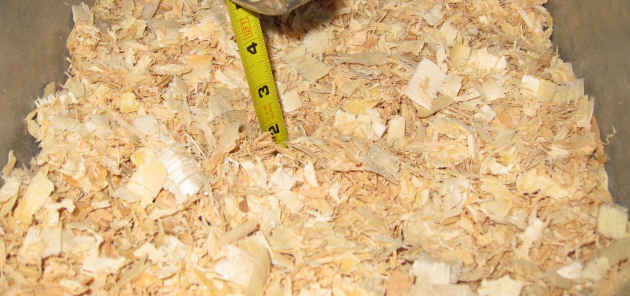
Which rabbit litter is best? Can the litter you use hurt your rabbit? Maybe, but it might not be for the reasons you think...
Rumors about pine and cedar as small animal litter are all over the internet. Sites were reprinting and repeating information taken from two specific articles that pronounce pine and cedar shavings toxic. However, further research has clarified the matter.
Read on to discover the truth about cedar and pine shavings.
This is a fairly long page - so we want you to know up front that pine shavings are just fine for rabbit litter, the nest box, and bedding. Pine is completely safe, and especially if it is heat-treated or kiln-dried.
Learn the scoop about Cedar
Shavings here.
Laboratories that do drug tests on rabbits are the ones avoiding softwood shavings. This is in order to keep their results standardized between facilities.
For pet rabbits and show rabbits, kiln-dried pine is completely safe for rabbit litter, especially pine. Kiln-dried pine is also the cheapest rabbit litter on the market. Since it does a comparable job to all the other litters, pine shavings as rabbit litter and rabbit bedding gets our top vote.
See Rabbit Bedding for comparisons with several other rabbit bedding materials, and more recommendations.
The Cedar and Pine Controversy
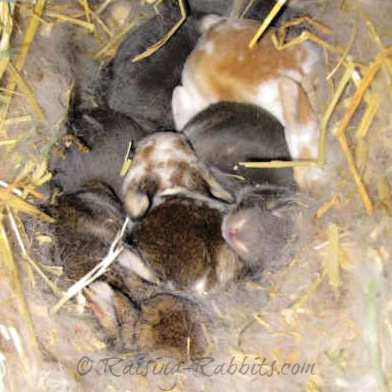 Kits in a healthy nest of pine shavings.
Kits in a healthy nest of pine shavings.Two online articles had almost singlehandedly destroyed the reputation of pine shavings for rabbit litter. This is unfortunate, as wrong conclusions have been drawn and then presented as fact.
Unfortunately, the research at the time had limited data, so incorrect conclusions were reached. The beauty of science is that the more information you gather, the more accurate your results can be. To this end, research is always ongoing, so there is no such thing as "settled science."
For the rest of this page:
- We’ll link you to the two articles (by
Dr. Flentke and Ms. Merriman) and outline their views, while including our
comments and observations for clarification.The two articles in question were by Dr Flentke and Ms Merriman.
- The article by Dr Flentke was being disseminated by the House Rabbit Society. Since further research and testing has refuted his original findings, the House Rabbit Society has removed his article from their website. We have left some main bullet points from his article that are correct. For rabbit owners, the main takeaways are: 1) Don't use pine needles as litter, 2) tell your vet what kind of litter you do use.
- The article written by Ms Merriman that describes the dangers of pine and cedar shavings is based upon raw shavings that were not kiln dried. If you click on the link to her article, you see a pretty good chart comparing the different types of litter. (On a personal note, clay litter is horrible to use for any pet, and it's human caretakers. It always puts dust into the air, even the "dustless" clays. The dust is a very common irritant for animals and humans, especially for those with any sort of sinus, lung, or breathing issue.)
- We’ll also give you the much more balanced comments of
Lianne McLeod, DVM, who served as rabbit expert on Ask.com.
- Plus, in our Conclusion below, we’ll link you to
our synopsis of a very informative article that correctly presents and
interprets the misunderstood science.
Please read on, if you need to. (I found it very
fascinating! But then, as a registered nurse, the science interests me...)
According to "The Dangers of Softwood Shavings," by George Flentke, PhD:
- Cedar and Pine are both aromatic softwood shavings
- The aroma comes from phenols in the wood
- The distinction between softwood and hardwood rabbit litter comes because there isn’t near as much phenols in hardwood shavings, such as aspen and douglas fir
- Phenols enter the rabbit’s system through the lungs inhaling the fumes
- The body detoxifies phenols in the liver. This process is known to elevate the rabbit’s liver enzymes.
- [What Dr. Flentke does not note, is that the rabbit's enzyme system is a NORMAL part of the rabbit’s antioxidant system - it detoxifies a great many substances in the rabbit’s body, and when it does so, the enzymes elevate and then return to normal. At any given time of the day, the rabbit may exhibit elevated liver enzymes as a normal part of health maintenance. Yes, phenols elevate liver enzymes; disease is not inferred from this mechanism.]
- The same enzymes also remove drugs in a rabbit’s body
- Some of the main drugs a vet may use are:
- Xylazine (anesthesia)
- Ketamine (anesthesia)
- Dexamathasone
- Theophylline
- Opioid painkillers, such as butorphanol
- Drug effectiveness when liver enzymes are elevated is reduced by over 40%, because the increased levels of liver enzymes washed the drugs out of the system much more quickly than normal.
- [This is not a problem to the rabbit. It is a problem to the vet, who needs to know ahead of time to adjust the drug dosage. It is also a problem to laboratory researchers, who need to standardize their results with results from other laboratories. It is not a problem to the rabbit.]
- This is the main objection to softwood litters.
- An increased risk of cancer is currently talked about, but not proven. Evidence is suggestive at best (extrapolated from considerations in humans).
- DON’T use Ponderosa Pine needles as an alternative. In other domestic animal species, including cattle, they have caused spontaneous abortions and other hormonal disturbances.
- [Dr. Plentke didn't elaborate on the fact that the study was specifically done in order that three pharmacological drug labs could standardize their drug test results between them. The tests were not triggered from any evidence of illness in rabbits or rats due to cedar or pine shavings. The good thing that comes out of this study: Veterinarian surgeons now know to adjust drug dosages for rabbits on untreated cedar or pine shavings. (Unless you live near a sawmill, I'm not sure where you'd find the untreated shavings.)]
According to "Litterboxes and Liver Disease," (by Marinell Harriman):
Note: The conclusions drawn by Ms Harriman used preliminary (now obsolete) data when raw shavings were used for litter. Since kiln drying has become standard practice, rabbit litters of pine and cedar shavings are just as safe as other types of litters.
- Ms. Harriman states that rabbits with liver disease died because the liver could not eliminate toxins from the blood.
- [But wait -- this is in direct contradiction to Dr. Flentke, who states that elevated enzymes eliminate toxins too fast. Actually, those rabbits may have died because they had damaged livers to start with, most commonly from hepatic coccidiosis (the liver strain), but the cause could have also have been from weakened immunity due to other chronic disease, say, snuffles. According to some reports, the incidence of the disease in pet rabbits (including rescue rabbits) is as high as 90%.]
- "Liver damage," she states, is caused by cedar or pine fumes, and results in a "large number of deaths due to liver damage and anesthesia fatalities."
- [This is a misguided leap of imagination. Liver damage and death...okay. The cause being shavings fumes...no. There is not a teensy shred of scientific evidence anywhere that indicates liver damage from cedar or pine fumes. Elevated enzymes in this case is not an indication of liver damage, but of a system that is working correctly. See our Pine Shavings page for what happens when enzyme levels start dropping.]
- If using shavings, ensure your litter box is well-ventilated, and obtain blood work every few months.
- [Unless your rabbit is showing symptoms of something, the blood work is overkill. More concerning, a rabbit could have normal liver enzymes and yet have liver damage from, say, coccidiosis. Details on the Pine Shavings page.]
- Alternatives to shavings:
- Ms. Harriman's list includes Carefresh® - dust free, lightweight, super-absorbent, non abrasive, non-toxic
- [Carefresh, you say?? Here’s some science you need to see. According to the following study, Carefresh ranks poorly at ammonia control in your pet's environment, a potentially serious threat to health in poorly ventilated areas.]
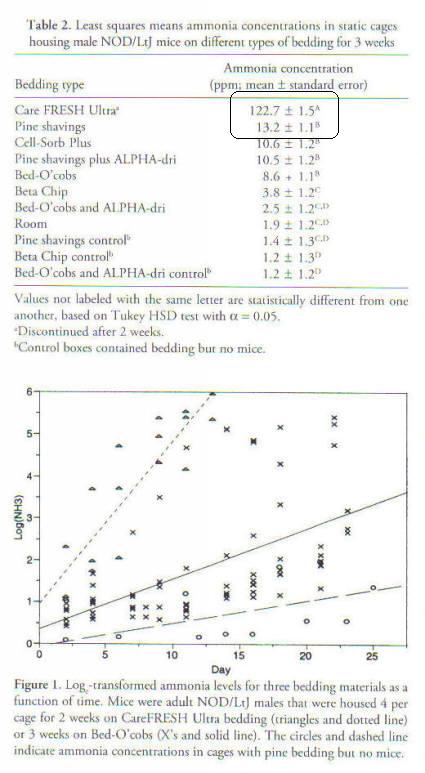
Table 2 Explanation: "The mean ammonia concentrations in static cages housing mice on CareFRESH Ultra bedding were significantly higher than the means for all the other bedding treatments (Table 2). Unexpectedly, the ammonia concentrations in cages housing mice on CareFRESH Ultra bedding were very high at 2 weeks (65.4 to 390.2 ppm), so we removed that group from the study. Mean ammonia levels in cages with pine shavings, Cell-Sorb Plus, a mixture of pine shavings and ALPHA-dri, and Bed-O'cobs did not differ significantly from each other but were significantly different from other bedding types." (Excerpted from "Evaluation of Cage Micro-Environment of Mice Housed on Various Types of Bedding Materials," by ELLEN SMITH, JASON D. STOCKWELL, PHD, ISABELLE SCHWEITZER, MS, STEPHEN H. LANGLEY, BS, AND ABIGAIL L. SMITH, MPH, PHD) - Ms. Harriman's list includes Carefresh® - dust free, lightweight, super-absorbent, non abrasive, non-toxic
According to "The Problem with Cedar and Pine Shavings as Pet Bedding and Litter" (by Lianne McLeod, DVM):
- Studies of laboratory animals have shown fairly dramatic changes in liver enzymes on animals housed on cedar bedding. This in turn can affect the metabolism of drugs.
[This is the only concern noted, and she references only cedar, while noting later that pine emits volatile oils but no clear conclusions can be drawn about pine. Our Pine Shavings page explains the normal, healthy, daily liver enzyme fluctuations.]
Still, not much info on a direct link between these changes and disease or clinical symptoms.
- Better to avoid cedar shavings.
[(Unless you love the smell, there is very little reason to choose cedar over the very economically priced pine)]
- Pine - heat-treating pine shavings may reduce the levels of aromatic hydrocarbons. Kiln-dried pine is considered safe.
- Many pet products are heat treated.
- Surprisingly, CareFresh Ultra results in the highest levels of ammonia
[Yes...10 times higher than its next-highest competitor - pine shavings (see Table 2 above). See our CareFRESH Pet Bedding page for our evaluation of CareFRESH.
Conclusion to the Rabbit Litter Discussion
My comments in green above are drawn partially from my registered nursing training and experience, and partially from an excellent article written by Ms. Corinne Fayo entitled "The Truth About Pine Shavings." Click this link to read Ms. Fayo's full article.
Ms. Fayo granted us permission to write a synopsis of her work which can be found here: Pine Shavings.
Pine is an ideal bedding and litter product, superior to both cedar
and CareFresh, cheaper than hardwood beddings, while being essentially equal in
quality to hardwoods and other excellent rabbit litter products.
What's not to like about pine?!
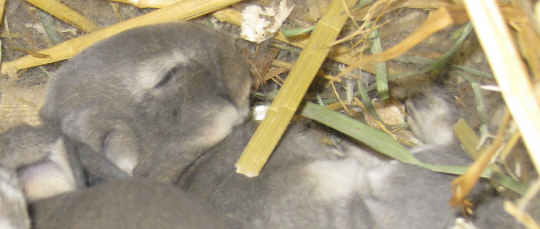
We do recommend heat-treated pine shavings for rabbit litter. We've used it in our nest-boxes for over 30 years. If this practice were toxic, we’d have seen significant health problems with very young kits. This has not been the case.
The main hazard with any given litter is not changing it frequently enough, especially when you have young rabbit kits. Life gets busy, so your best strategy is to simply make sure you always have a lot of clean litter on hand so that when you are busy and exhausted, you can dump the whole box and refill it. Two minutes and you're done!
(I've done this lots of times, which is why I choose the biodegradable litters. Those shavings with rabbit urine and droppings have tons of great natural enzymes that help to decompose waste in landfills, replenishing the earth. That litter goes straight to the compost for my vegetable garden.)
We know that it can be uncomfortable when "the science" seems to contradict established facts, and that’s okay. However, science is an ongoing process. There will be times when practices need to change because of new discoveries or more data disproves old doctrine. It's understandable to have misgivings about pine and cedar shavings because for years, the experts made the best judgments they could at the time with the information they had, unaware that their information was incomplete. But if you’ve read this far, perhaps we have laid your rabbit litter concerns to rest. Hopefully so!
The American Rabbit Breeder Association helps pet rabbit owners.
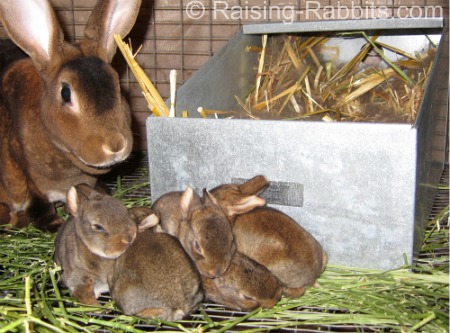 Entire litter out of pine shavings nest at 12 days. No problems here!
Entire litter out of pine shavings nest at 12 days. No problems here!Double-Value Guarantee
Our policy is to always OVER-deliver
on value,
which is why your purchase is fully covered by our
Double-Value
Guarantee.
Go ahead - take any of our e-books for a test drive. Peruse our detailed informational and educational e-books. Examine our plans for building rabbit cages, runs, or metal or PVC hutch frames. Check out the Rabbit Husbandry info e-books.
If you aren't completely satisfied that your e-book purchase is worth at least double, triple or even quadruple the price you paid, just drop us a note within 45 days, and we'll refund you the entire cost. That's our Double-Value Guarantee.
Note: When you purchase your
e-books, they will be in PDF format, so you can download them to any device that
supports PDF format. We advise making a back-up copy to a drive or cloud
account. If the books are lost, you can also purchase another copy from Raising-Rabbits.
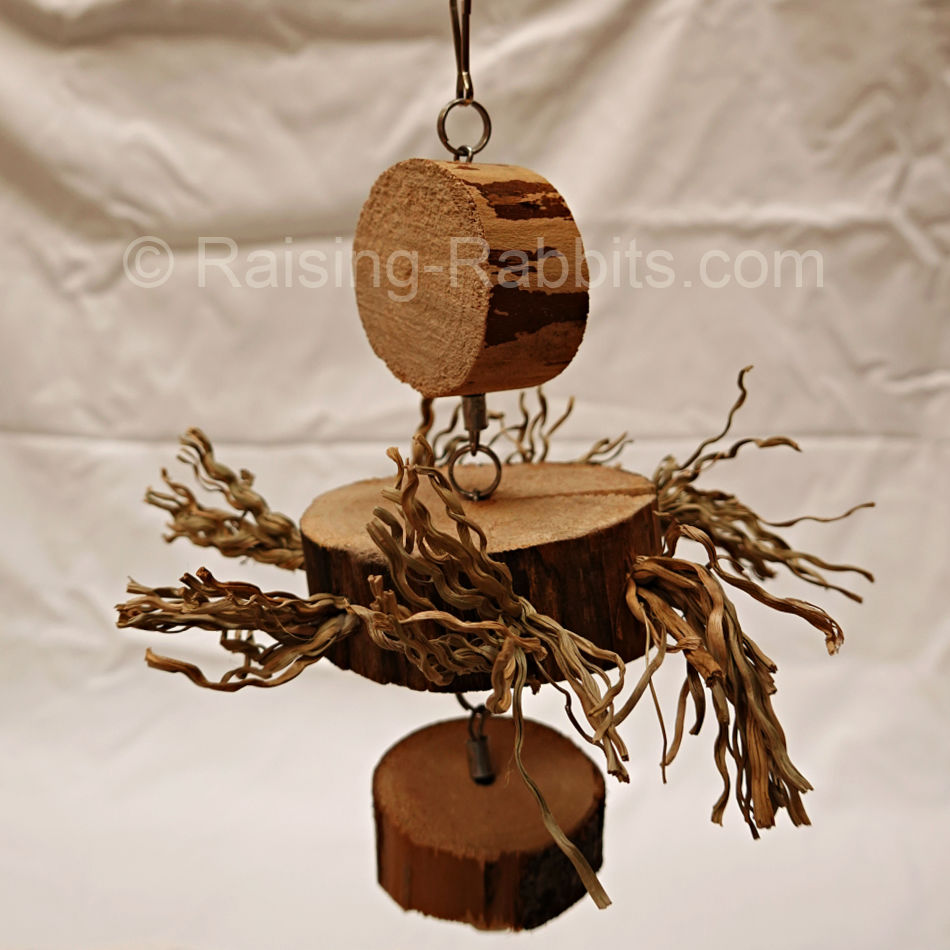
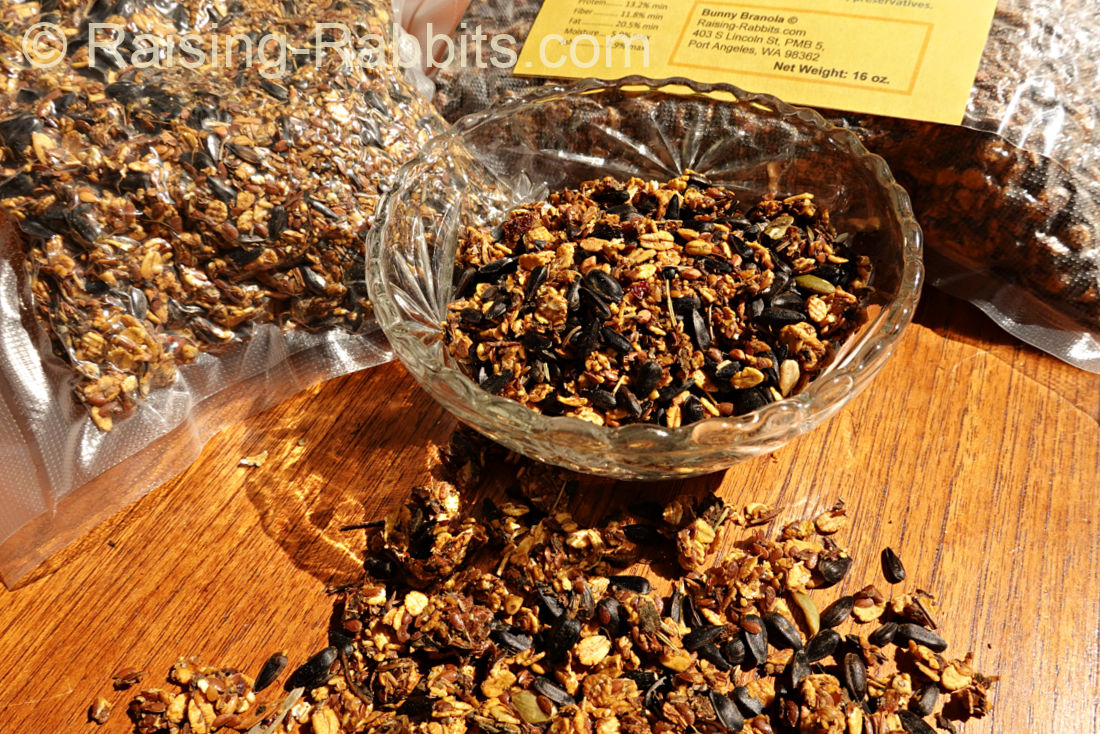
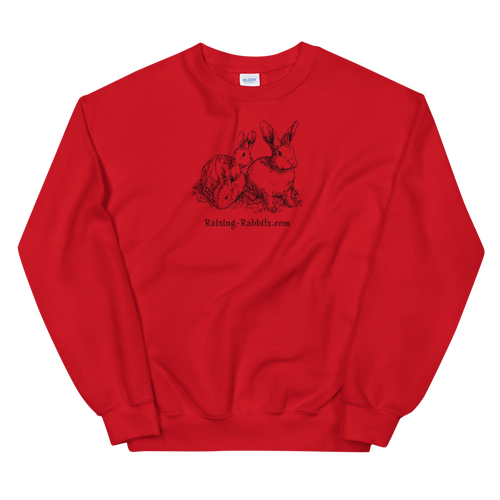

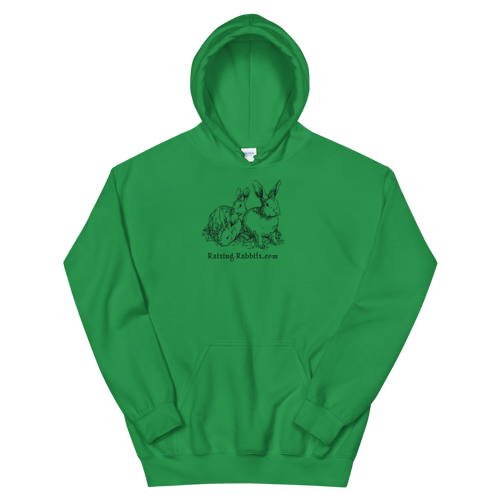
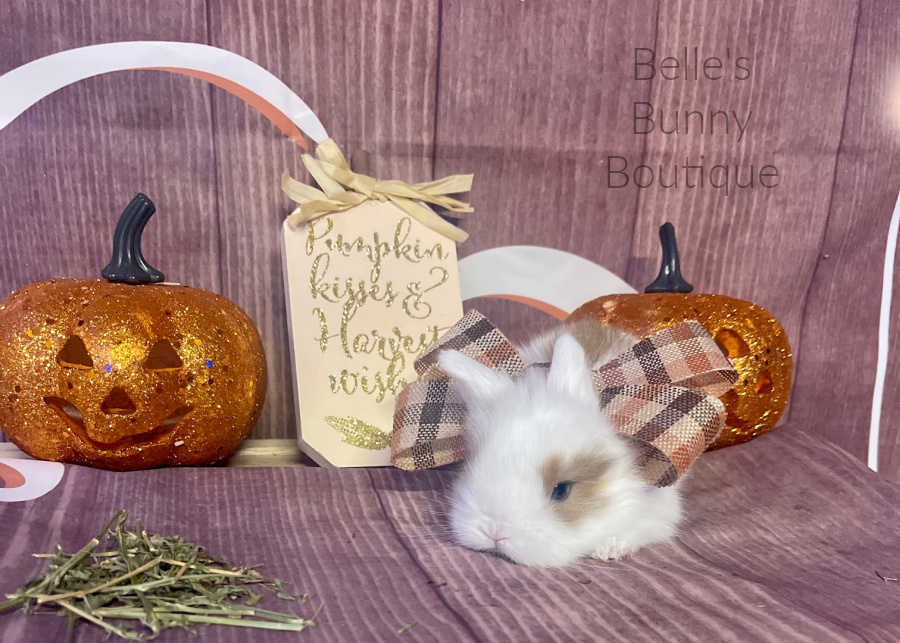
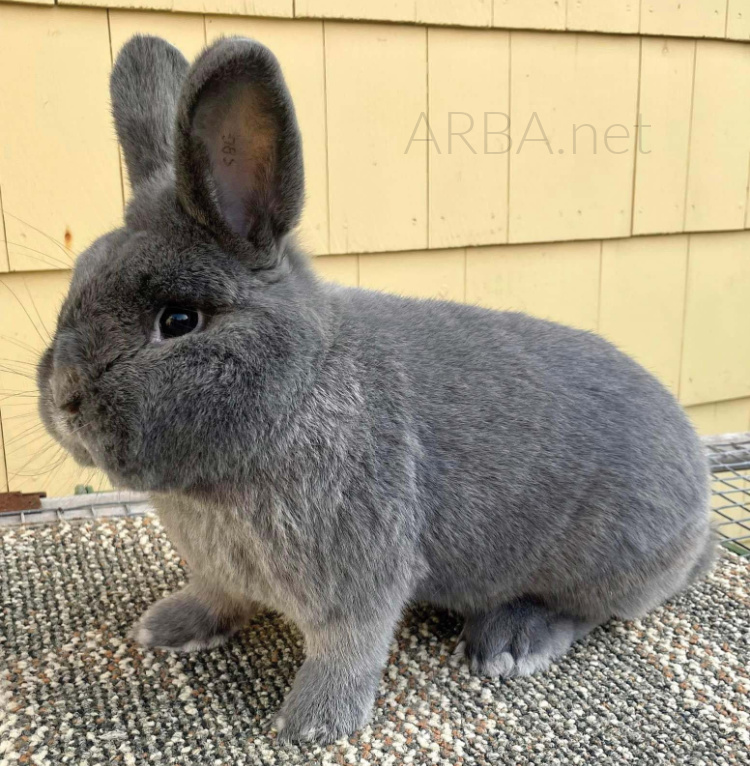
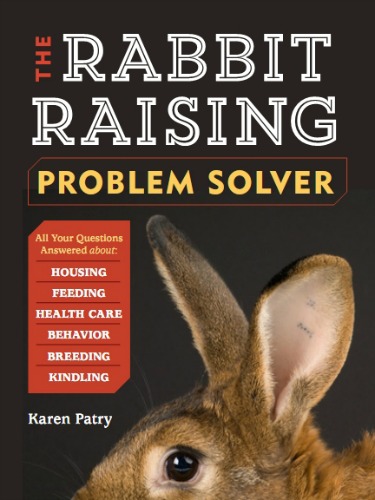

New! Comments
Have your say about what you just read! Leave me a comment in the box below.